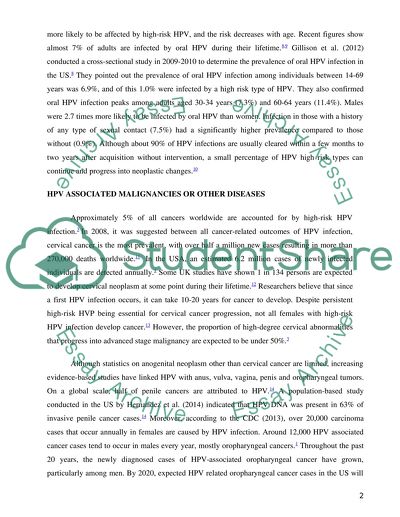Cite this document
(“Human papilloma virus (HPV) Essay Example | Topics and Well Written Essays - 4250 words”, n.d.)
Human papilloma virus (HPV) Essay Example | Topics and Well Written Essays - 4250 words. Retrieved from https://studentshare.org/health-sciences-medicine/1647862-human-papilloma-virus-hpv
Human papilloma virus (HPV) Essay Example | Topics and Well Written Essays - 4250 words. Retrieved from https://studentshare.org/health-sciences-medicine/1647862-human-papilloma-virus-hpv
(Human Papilloma Virus (HPV) Essay Example | Topics and Well Written Essays - 4250 Words)
Human Papilloma Virus (HPV) Essay Example | Topics and Well Written Essays - 4250 Words. https://studentshare.org/health-sciences-medicine/1647862-human-papilloma-virus-hpv.
Human Papilloma Virus (HPV) Essay Example | Topics and Well Written Essays - 4250 Words. https://studentshare.org/health-sciences-medicine/1647862-human-papilloma-virus-hpv.
“Human Papilloma Virus (HPV) Essay Example | Topics and Well Written Essays - 4250 Words”, n.d. https://studentshare.org/health-sciences-medicine/1647862-human-papilloma-virus-hpv.


